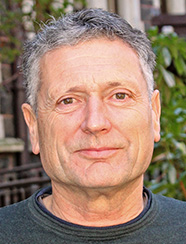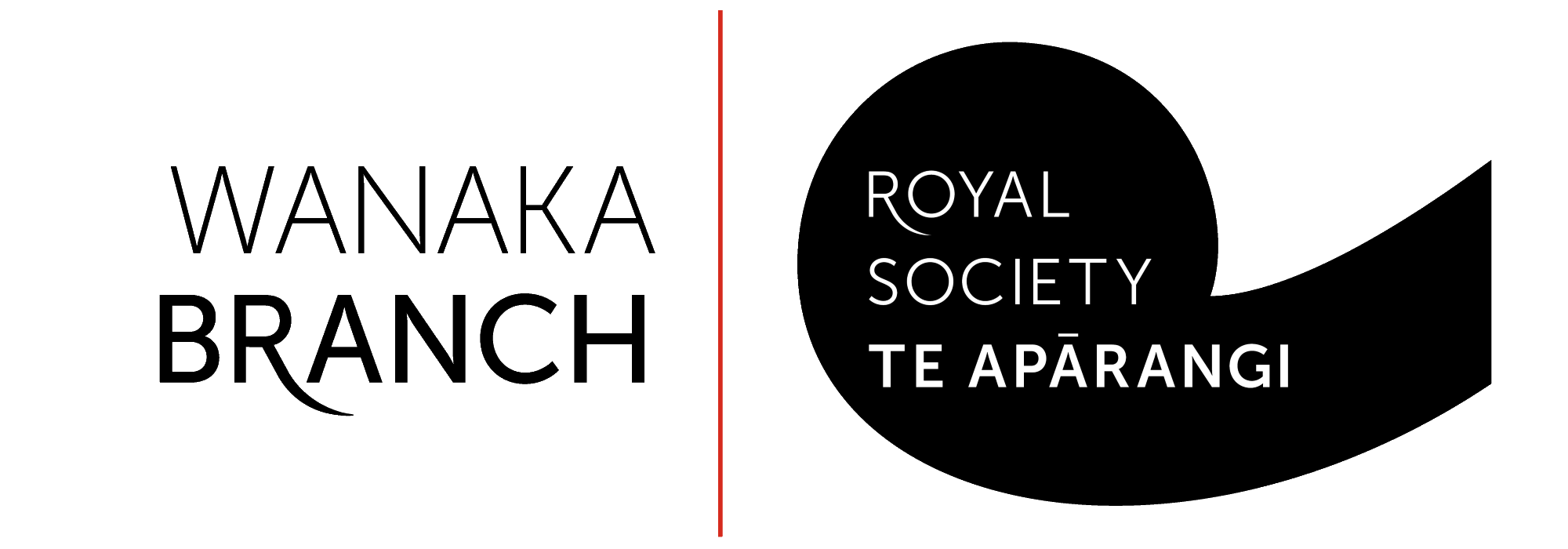Friday 23 July at 6.00pm, at the Presbyterian Community Centre, 91 Tenby Street, Wanaka.
Professor Mark Stirling, Inaugural Chair of Earthquake Science, University of Otago.
Cost – $5
Otago is a region of few historical earthquakes, but with abundant evidence for major prehistoric earthquakes on the geologically active faults. The region’s distinctive Range and Basin topography is a consequence of long-term activity on these faults. Fault studies effectively began back in the days of “Think-Big” inspired hydroelectric power developments, and this was followed by intermittent research and consulting efforts over the years. Most recently, regional fault studies have been undertaken by GNS Science and NIWA, and fault- or area-specific studies have been undertaken by our Otago Earthquake Science Group. In this seminar I will provide an overview of our studies across central and east Otago, and also provide an overview of our “world-first” use of ancient fragile rock formations to inform earthquake hazard assessments. The work collectively addresses our main research goal, which is to understand earthquakes and hazard in low seismicity regions, and attempts to understand the potential for future Canterbury-style earthquake events in Otago.
Mark is a seismologist with a multidisciplinary background in geology and seismology. He is the inaugural Chair of Earthquake Science at the University of Otago, a position based in the Department of Geology. Prior to that was a Principal Scientist at GNS Science (1998-2015), leading the development of the last three versions of the national seismic hazard model for New Zealand during that time. His current research is largely focused on the earthquake geology, simulated earthquakes, and hazard of low seismicity regions like Otago. He lives in Dunedin with his family of Jane, Lewis and Toby, and enjoys DIY, motorcycling, golf, and playing the drums in his spare time.


